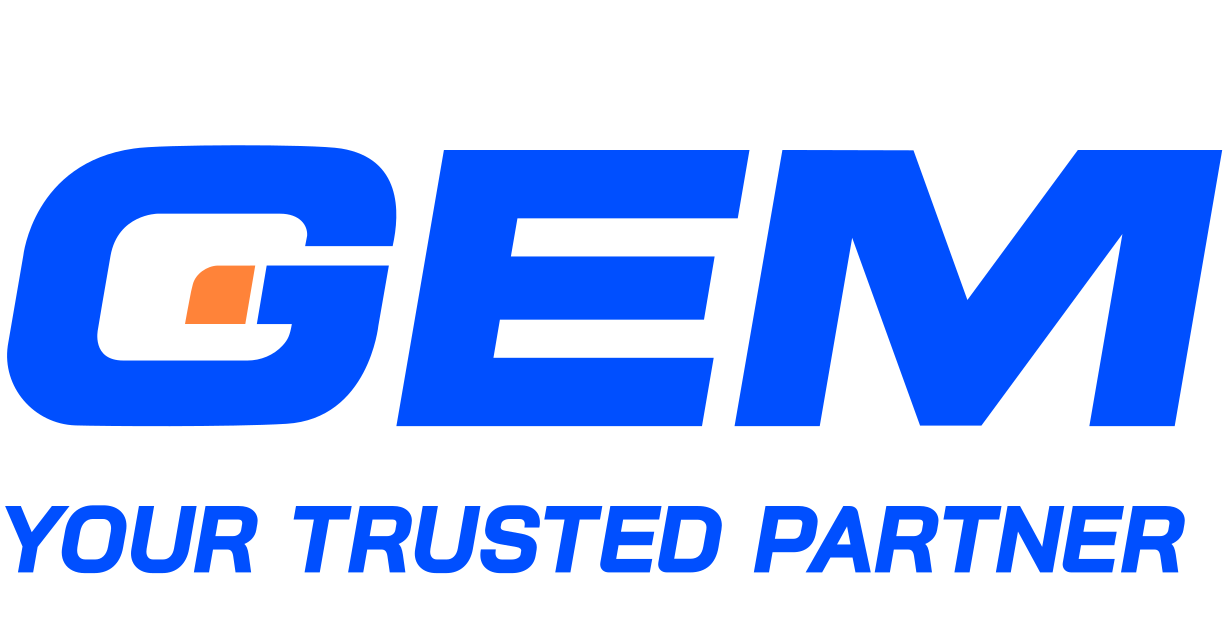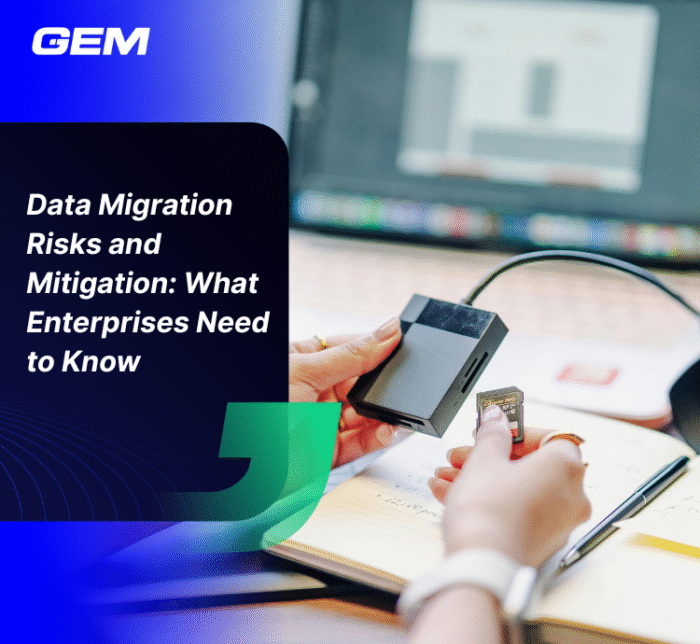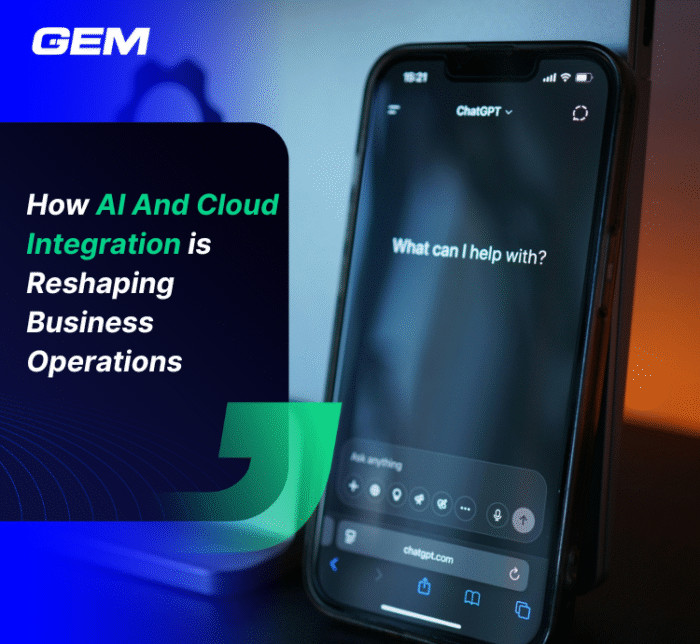Contents
- The Demand for More Comprehensive HR Solutions
- What is ServiceNow HRSD?
- Key Features of ServiceNow HRSD
- Quick Wins: Immediate Benefits of Adopting ServiceNow HRSD
- Longer-Term Business Impact of ServiceNow HRSD
- Best Practices for Getting Value from ServiceNow HRSD
- GEM Corporation – A Trusted ServiceNow Partner with Tailored Solutions for Businesses
- Wrap Up
HR teams are under pressure to deliver faster support, fewer manual tasks, and a smoother employee experience. ServiceNow HRSD offers a structured way to modernize HR operations by combining automation, self-service, and centralized case management in one platform. In this article, we’ll look at the early wins organizations can expect from ServiceNow HRSD – focusing on efficiency gains, experience improvements, and smarter workflows. We’ll also walk through key features, practical use cases, and tips to get the most out of your deployment. Let’s start!
The Demand for More Comprehensive HR Solutions
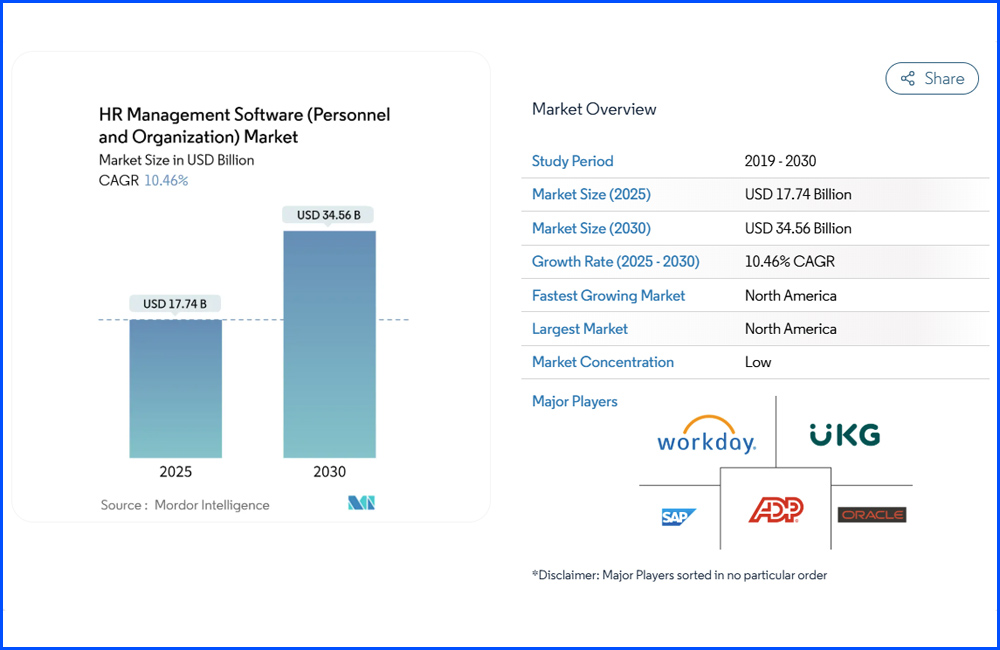
The HR technology market is entering a period of sustained growth, fueled by structural shifts in how organizations manage people, processes, and platforms. Valued at USD 40.45 billion in 2024, the global market stands at USD 17.74 billion in 2025. It is projected to climb to USD 34.56 billion by 2030 (Mordor Intelligence). This expansion reflects both rising expectations around employee experience and the operational need to modernize legacy systems.
Cloud-based platforms are at the center of this trend, offering scalable architecture, faster deployment, and lower total cost of ownership. AI and automation are no longer fringe capabilities. Vendors are embedding them into everyday HR workflows such as recruitment, onboarding, and performance reviews. As remote and hybrid work models become the norm, companies are also prioritizing tools that support virtual collaboration, engagement tracking, and digital service delivery.
In parallel, there’s a growing demand for modular, composable systems that let HR teams tailor their tech stack without heavy custom development. From payroll and compliance to talent management and analytics, today’s HR software is increasingly expected to be integrated, intelligent, and user-centric. This shift sets the stage for platforms like ServiceNow HRSD, which address these evolving needs through a unified service delivery model.
What is ServiceNow HRSD?
ServiceNow HRSD Overview
ServiceNow HR Service Delivery (HRSD) is a cloud-based platform that helps HR teams manage services in a more structured way. It brings HR processes, tasks, and employee interactions into one place – a powerful solution for HCM. The goal is to make things easier for both employees and HR by offering self-service options, automating repetitive tasks, and giving more visibility into what’s happening behind the scenes.
Who is ServiceNow HRSD for?
ServiceNow HRSD is built for organizations that want to move away from emails and spreadsheets. It supports HR operations, people teams, and shared service centers that handle high volumes of requests. It also helps managers stay informed and employees get answers faster. Whether you’re focused on onboarding, handling inquiries, or managing employee journeys, HRSD gives you the tools to do it at scale.

Key Features of ServiceNow HRSD
ServiceNow HRSD includes a set of tools designed to improve how HR teams support employees. We’ve included a list of the key features built into this ServiceNow solution.
Now Assist for HRSD
45% of global HRM leaders are incorporating AI to drive transformations in HRM (Engagedly), so this is one of the most notable solutions integrated in HRSD. Now Assist brings generative AI into your HR workflows. It helps agents work faster by summarizing case details, surfacing case history, and recommending next steps. Instead of digging through records, HR teams get an at-a-glance view of what’s needed.
Key capabilities include:
- Summarized case history with suggested next actions
- AI-generated knowledge articles based on resolved cases
- Intelligent routing of requests to the right team
- Built-in AI agents that can categorize, assign, or resolve basic HR tasks
Employee Center
Employee Center acts as the digital hub for HR and other employee-facing services. It offers a unified HRSD portal where employees can find information, complete tasks, and submit requests without having to jump between systems.
Highlights:
- Centralized access to HR, IT, facilities, and finance services
- Mobile-friendly design for both office-based and deskless employees
- Employee Center Pro adds deeper integration with HCMs and collaboration tools
- Personalized content, task lists, and search powered by AI
Issue Auto-Resolution
This feature helps HR teams deflect high volumes of repeat requests by solving common issues through AI-driven chat. It works across multiple channels, meeting employees where they already work.
What it delivers:
- Instant answers via conversational AI on web, mobile, Slack, or Teams
- Machine learning that recognizes frequent questions and patterns
- Intelligent search that pulls from knowledge articles and case data
- Auto-routing to the right agent when human assistance is needed
Employee Journey Management
This tool supports employees through key transitions, such as onboarding, internal moves, or location changes. Each journey is mapped out and tracked in a single space, giving employees and HR teams a shared view of progress.
Core features:
- Dedicated journey homepage to track tasks and milestones
- Listening Posts to gather employee feedback throughout the journey
- Learning Posts that deliver personalized learning content
- Insights to help HR teams improve experience design over time
Case and Knowledge Management
ServiceNow standardizes how employee requests are captured, tracked, and resolved. With a shared workspace for HR case handling and knowledge articles, teams can work more efficiently while giving employees consistent answers.
What it helps with:
- Centralized case handling for all employee inquiries
- Consistent documentation of interactions and resolutions
- AI-driven routing to match cases with the right HR resource
- Self-service knowledge base to resolve common questions
- Separate workflows for employee relations (ER) cases with built-in privacy controls
- Dashboards to track resolution times, service bottlenecks, and employee satisfaction
HR Agent Workspace
The HR Agent Workspace is designed to give HR teams a clean, customizable view of their work. It brings together tools, case data, and actions in one place, helping agents stay focused and organized.
Key features:
- Low-code customization of layouts, themes, and components
- Real-time access to case details, conversation history, and next steps
- Built-in productivity tools to manage workloads and priorities
- Designed using ServiceNow’s UI Builder for flexibility and scalability
Virtual Agent
Virtual Agent delivers 24/7 support through an AI-powered chatbot that resolves routine requests in seconds. It frees up HR teams from repetitive inquiries while giving employees fast, consistent help.
What it offers:
- Guided setup with prebuilt conversation flows
- GenAI-enabled responses for dynamic, intelligent exchanges
- Seamless integration across web, mobile, Slack, and Teams
- Automatic routing to live agents when needed
- Measurable ROI through higher deflection rates and faster resolutions
Universal Request
Universal Request provides a cross-departmental view of service requests – HR, IT, facilities, and more. It helps agents manage and transfer requests without needing full access to other systems.
Capabilities include:
- Department-specific views with request status, requester details, and summaries
- Defined actions for routing, updating, or escalating tickets
- Automation rules that map incoming requests to the right workflows
- Improved visibility across teams without exposing full system architecture
Manager Hub
Manager Hub gives people leaders a dedicated dashboard to support their teams more proactively. It surfaces key insights, reminders, and tasks in one place, helping managers act without delays.
Main features:
- Visibility into team milestones, transitions, and pending requests
- Alerts for events like onboarding, anniversaries, or new hires
- Data on team structure, roles, and performance trends
- Actionable prompts to approve requests, schedule check-ins, or flag concerns
You might also like: AI Use-case success story
Performance Analytics
Performance Analytics gives teams real-time visibility into service metrics, helping them track progress, detect issues early, and make informed decisions. Instead of relying on static reports, HR leaders can access live dashboards and trend forecasts that support continuous improvement.
Key benefits:
- Monitor KPIs like case resolution time, employee satisfaction scores, and service backlog
- Identify performance gaps and process bottlenecks before they escalate
- Use time charts, breakdowns, and forecasts to plan resource allocation
- Highlight where automation or self-service can offload routine work
- Support quarterly reviews, service planning, and HR strategy alignment with data-driven insights
Predictive Intelligence
Predictive Intelligence uses machine learning to analyze patterns in service requests and accelerate how work gets assigned and resolved. It’s built for teams that want to automate more without needing data science expertise.
What it delivers:
- Natural language processing to understand and categorize incoming requests
- Smart routing to assign tasks to the right agent or team automatically
- Early detection of major service disruptions based on historical data
- Suggestions for next actions, reducing manual triage and follow-up
- Built-in tools to train and refine models as workflows evolve
Process Mining
Process Mining provides a visual map of how HR processes actually work, based on real data, not assumptions. It helps teams identify inefficiencies, remove redundant steps, and improve employee-facing services.
Key capabilities:
- Analyze process flows across onboarding, case resolution, and internal transitions
- Identify root causes of delays and inconsistencies across HR workflows
- Compare planned vs. actual processes to detect gaps
- Improve team performance by spotting where work gets stuck
- Use data to prioritize which process changes will have the greatest operational impact
Workforce Optimization
This feature helps HR and service teams manage staffing, productivity, and skill development in one place. It’s designed for organizations that need to balance workload across multiple teams, locations, and schedules.
What it supports:
- Real-time visibility into team workflows, queues, and shift coverage
- Forecasting capabilities to plan for peaks in service demand
- Unified scheduling for daily and on-call shifts
- Built-in coaching tools with personalized learning paths based on performance
- Track time-off requests, shift swaps, and role transitions in a single dashboard
Employee Document Management
Employee Document Management centralizes how documents are stored, accessed, and governed. It reduces manual handling, improves compliance, and gives employees access to the documents they need faster.
Core features:
- Role-based access controls to protect sensitive documents
- Automated retention settings for different document types (e.g., 7 years for contracts)
- Legal hold functionality to preserve documents during audits or investigations
- Auto-attachment of relevant files to closed HR cases
- Employee-facing access to view or download their own documents securely
Quick Wins: Immediate Benefits of Adopting ServiceNow HRSD

Organizations that implement ServiceNow HRSD often see measurable improvements in service performance within the first few weeks. These early gains help build momentum across HR and shared services teams.
Shorter Case Resolution Times
Cases are automatically routed to the right agents. Agents work from a single workspace with access to past cases, knowledge articles, and AI recommendations. This shortens resolution time and lowers follow-up volume.
Lower Inquiry Volume via Self-Service
Virtual Agent and Employee Center handle common questions through guided self-service. Employees complete tasks and find answers without logging cases. HR teams face fewer repetitive requests.
Faster Onboarding with Journey Automation
Employee Journey Management automates onboarding steps. Employees receive tasks, documents, and learning content in one place. Managers track progress without manual coordination.
Real-Time Visibility
Dashboards show live data on case load, resolution speed, and employee satisfaction. HR leaders detect service delays and adjust resources quickly.
Platform Efficiency
ServiceNow integrates with HCM tools and collaboration platforms. Teams avoid switching systems. Prebuilt workflows and low-code setup reduce deployment time.
Stop trying to find the dots. Let us help you connect them!
Longer-Term Business Impact of ServiceNow HRSD

As organizations continue using ServiceNow HRSD, its impact extends beyond daily operations. Over time, it supports strategic outcomes that shape workforce experience and business continuity.
Improved Employee Retention
Consistent HR support reduces friction across key employee moments. From onboarding to internal moves, each transition is tracked and managed through a structured process. Employees receive clear guidance, timely assistance, and fewer handoffs. This improves satisfaction and lowers turnover risk, especially during the first 12 months of employment.
Data-Informed HR Decisions
HRSD captures case data, service metrics, and employee feedback in one system. Dashboards highlight which services are used most, where delays occur, and how long requests stay open. With this insight, HR leaders can adjust policies, reassign capacity, or redesign workflows. One of the core ServiceNow benefits is the ability to move from reactive support to informed, strategic decision-making.
Scalable Support for Global Teams
ServiceNow HRSD supports global configurations with region-based workflows, language settings, and role-based permissions. HR teams in different countries follow consistent processes while staying compliant with local regulations. Managers gain a unified view of their teams, even when employees are spread across time zones and business units. This consistency becomes essential as organizations scale or restructure.
Consistent HR Compliance and Audit Readiness
Employee Document Management, legal holds, and case history tracking are built into the platform. Sensitive documents follow defined retention rules and access controls. HR teams don’t need to track compliance manually. During audits or internal reviews, all activity is traceable. Another clear example of ServiceNow benefits lies in simplifying governance without adding administrative overhead.
Read more: HRM vs HCM: Which Human Resource Solution Drives Success for Your Organization?
Best Practices for Getting Value from ServiceNow HRSD
ServiceNow HRSD brings measurable efficiency to HR teams, but realizing its full value depends on how it’s deployed and scaled. The following practices help organizations move from initial deployment to sustained impact.
Start with High-Volume Use Cases
Focus on processes that generate the highest number of tickets, such as leave requests, onboarding, and policy inquiries. Automating these first reduces backlog and delivers immediate value. It also builds internal confidence in the platform from day one.
Involve HR Operations Early in Design
HR operations teams handle the system daily. Their input is key to building workflows that reflect real use, not just theoretical processes. Involving them during design helps avoid rework and improves user adoption.
Use Performance Analytics to Track Adoption
Once live, use dashboards to measure how HRSD is performing. Metrics like case resolution time, self-service usage, and team workload help guide improvements. Over time, analytics reveal which services are performing well and where friction still exists.
Prioritize Knowledge Base Development
A well-structured knowledge base reduces ticket volume and empowers employees to solve problems independently. Start with FAQs, then expand to process guides and policy documentation. Update content regularly to keep it relevant and accurate.
To make the best use of these practices, organizations benefit from partnering with experts who hold a ServiceNow HRSD certificate. Certified professionals bring a deeper understanding of the platform’s architecture, configuration paths, and integration models.
Read more: Discover how ServiceNow SPM aligns your projects with business goals for maximum impact
GEM Corporation – A Trusted ServiceNow Partner with Tailored Solutions for Businesses
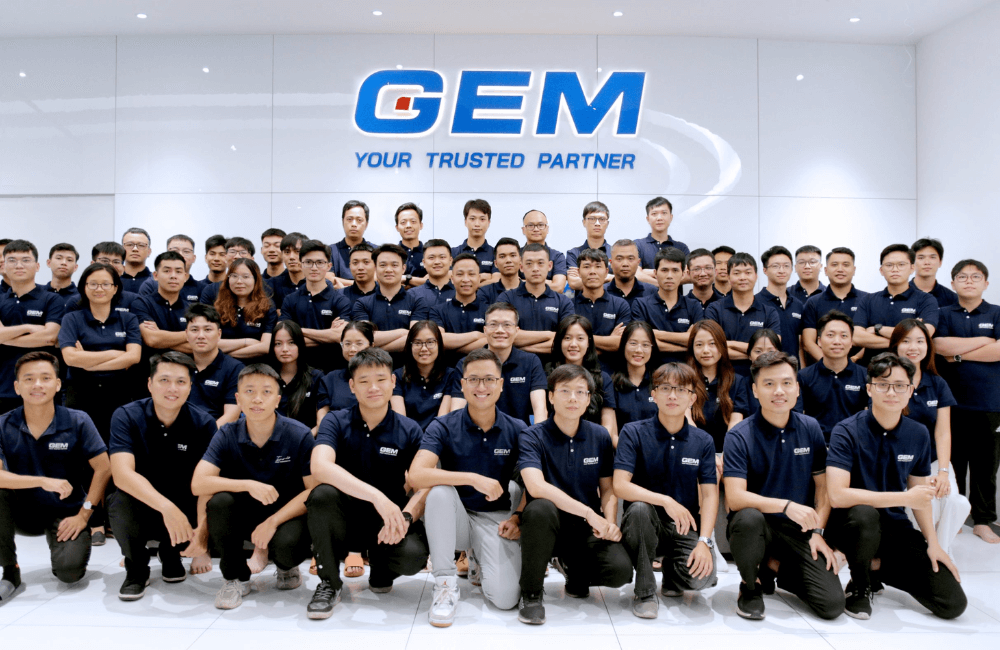
GEM Corporation is a global technology consultancy specializing in digital transformation, data platforms, and enterprise automation. Since 2014, we’ve delivered over 300 projects for clients across Japan, ANZ, Asia, the EU, and the US, backed by a team of 400+ IT professionals. Our commitment to quality and innovation has earned us industry recognition, including Stevie® and Globee® Awards.
As an official ServiceNow Partner, GEM provides end-to-end consulting, implementation, and integration services tailored to enterprise needs. We help businesses move from fragmented workflows to scalable automation by aligning platform capabilities with measurable outcomes. Our certified specialists focus on speed-to-value, adoption readiness, and seamless integration with third-party systems. With experience across HRSD, ITSM, and AI-driven workflows, GEM is trusted by clients worldwide to turn ServiceNow into a strategic growth platform.
Wrap Up
ServiceNow HRSD helps HR teams move from case management to service strategy – delivering faster resolutions, lower inquiry volume, and higher visibility from day one. Over time, it supports global scale, data-informed decisions, and consistent compliance. Its value grows as adoption deepens and processes mature. The most successful teams treat HRSD not just as a tool, but as a foundation for rethinking how HR operates.
To explore how ServiceNow HRSD can fit into your transformation roadmap, contact GEM today!
What is ServiceNow HRSD and how does it differ from legacy HR tools?
ServiceNow HRSD (Human Resources Service Delivery) is a workflow-driven platform designed to manage employee requests, services, and lifecycle events from a single system of action. Unlike legacy tools that focus on data storage or isolated functions, HRSD connects HR with IT, facilities, and security to deliver seamless, cross-functional service.
What are the standout features of ServiceNow HRSD?
Key features include a unified Employee Service Center, lifecycle event automation, case and knowledge management, and integration with enterprise systems. The platform supports omni-channel interactions and enables HR teams to create service journeys that align with organizational policies and employee expectations.
What are some quick wins organizations typically see after implementing ServiceNow HRSD?
Companies often see faster case resolution times, lower manual workloads, and improved employee satisfaction within the first few months. Self-service adoption increases as employees get access to guided digital workflows and knowledge articles, reducing dependency on HR teams for routine inquiries.
How can organizations maximize long-term value from ServiceNow HRSD?
Success depends on aligning HRSD configuration with actual service demand, continuously refining workflows, and integrating the platform with ITSM and identity systems. Adopting a phased rollout, tracking usage metrics, and involving HR stakeholders in service design are also key to sustained impact.
